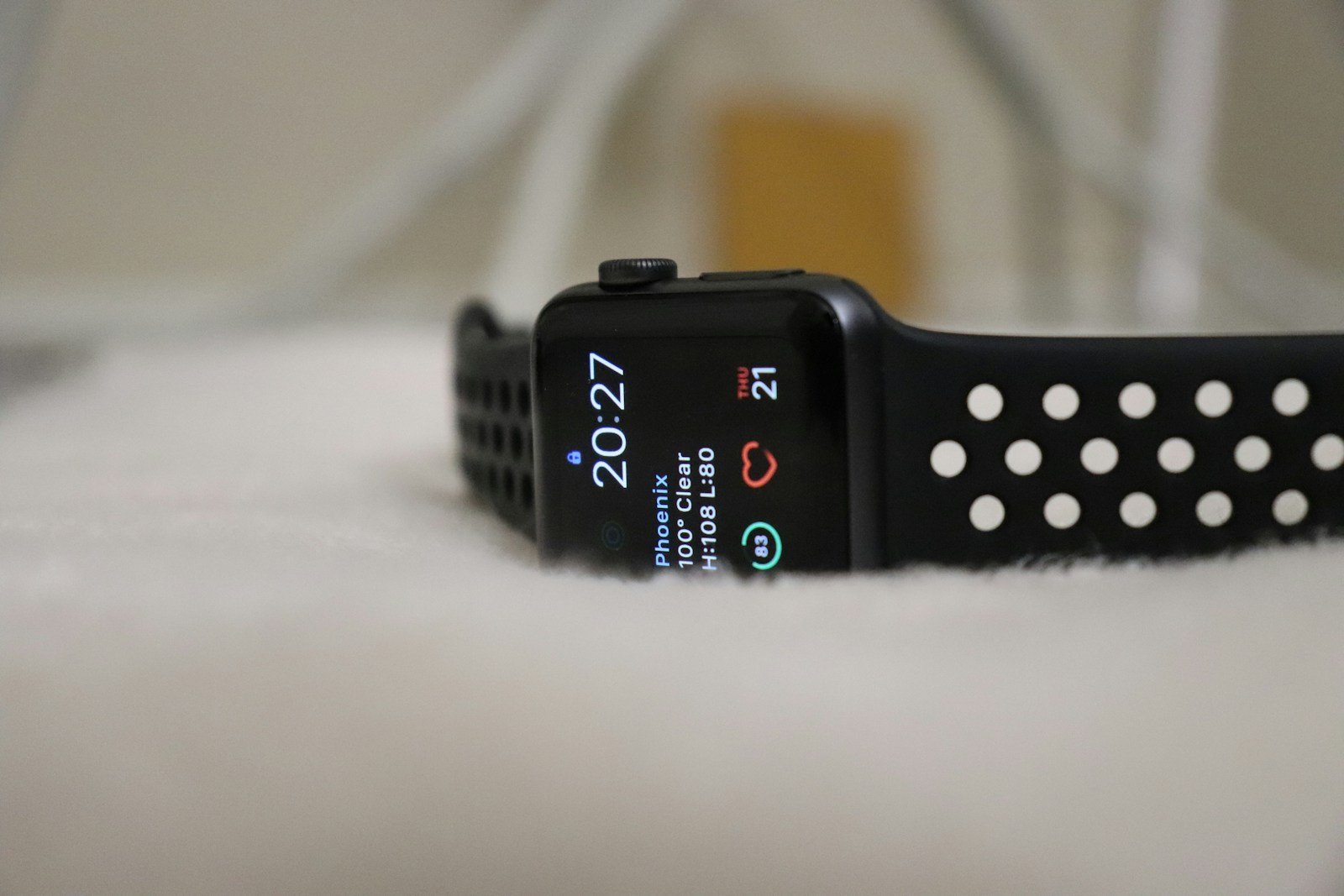Smart health monitoring refers to using technology to track and analyze your health data. It typically involves wearable devices and apps that collect information about your body and activities. The goal of smart health monitoring is to provide users with personalized insights into their health status, promote proactive healthcare management, and facilitate early detection of potential health issues.
For individuals residing in nursing homes, ensuring their well-being and safety is paramount. Traditional methods of monitoring rely heavily on caregivers and scheduled check-ins, but the limitations of relying solely on human observation are becoming increasingly apparent. Fortunately, technological advancements are offering innovative solutions for healthcare monitoring.
Nursing home residents often face complex health challenges, with age-related conditions and varying degrees of mobility limitations. Traditional methods, while crucial, may not always capture crucial details, particularly for residents unable to readily communicate their needs. This can lead to:
- Delayed detection of health concerns: Subtle changes in vitals, pain levels, or behavior might go unnoticed during scheduled check-ins, potentially delaying critical interventions.
- Increased reliance on physical assessments: Frequent checkups, while necessary, can be disruptive to residents’ sleep and daily routines.
- Limited data for personalized care: Traditional methods often lack the ability to capture and analyze continuous streams of data, hindering personalized care plans and interventions.
The healthcare industry is embracing a range of technologies to enhance monitoring in nursing homes, including:
- Wearable sensors: These unobtrusive devices, like wristbands or patches, can continuously monitor vital signs (heart rate, blood pressure, etc.), sleep patterns, and activity levels, providing valuable insights into a resident’s well-being.
- Smart home technology: Sensors integrated into rooms or living areas can detect falls, wandering, or changes in daily routines, allowing for immediate intervention and preventing potential harm.
- Remote patient monitoring (RPM) systems: These systems allow healthcare professionals to remotely monitor vital signs and other data from residents’ homes, facilitating early detection of health issues and timely adjustments to care plans.
- Video monitoring: When used ethically and with resident consent, video monitoring can provide a valuable tool to observe activities and ensure safety, particularly for residents with cognitive impairments.
Implementing these technologies offers numerous benefits for both residents and caregivers:
- Improved resident well-being: Early detection of health concerns enables timely interventions, potentially preventing complications and improving overall health outcomes.
- Enhanced safety: Continuous monitoring can help prevent falls, wandering incidents, and other potential dangers, promoting a safer environment for residents.
- Increased caregiver efficiency: Technology can alleviate the burden of constant physical checks, allowing caregivers to focus on providing personalized care and addressing complex needs.
- Empowered families: Real-time data access or updates can provide families with greater peace of mind and a sense of involvement in their loved ones’ care.
While traditional methods remain essential, technology is emerging as a powerful tool for enhancing healthcare monitoring in nursing homes. By leveraging these advancements, we can create a future where residents receive timely and personalized care, safety is prioritized, and families are empowered with valuable information. As technology continues to evolve and becomes more accessible, we can expect even more innovative solutions to further improve the lives of those residing in nursing homes.

